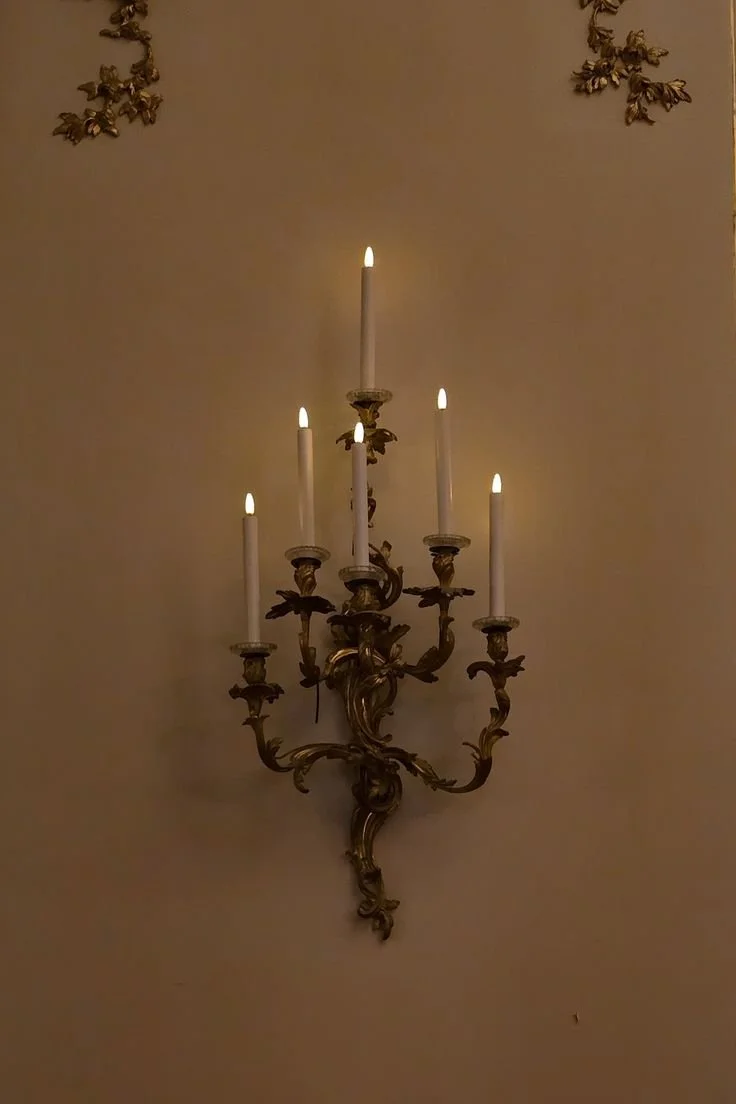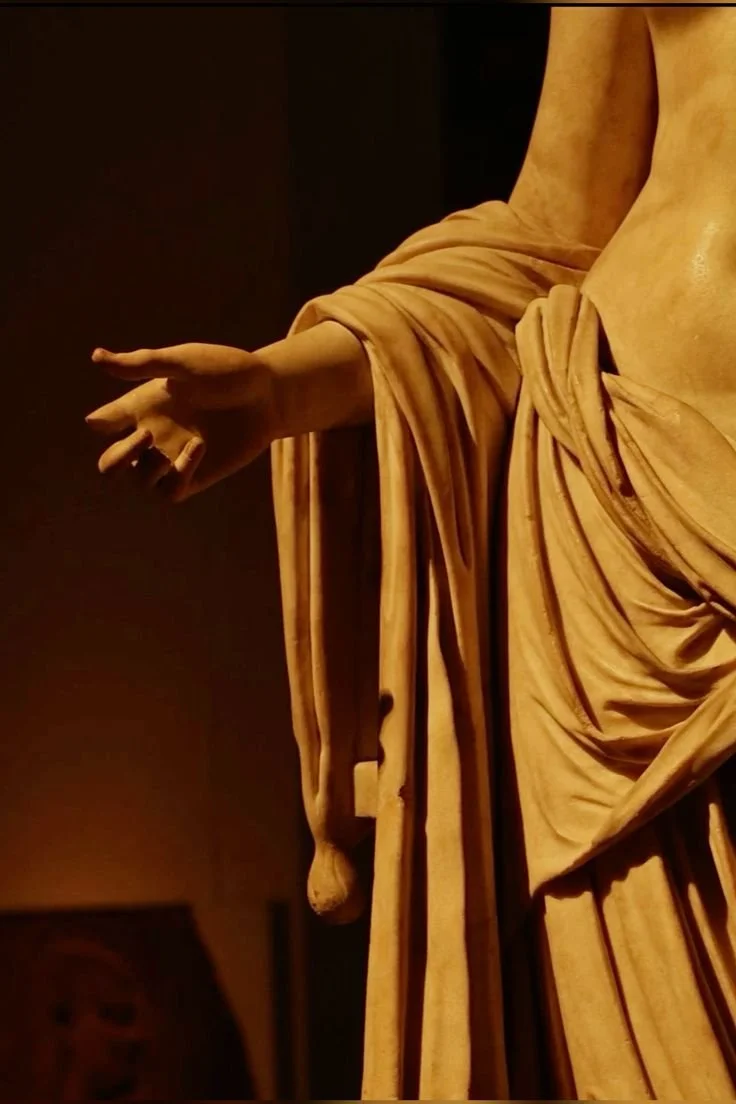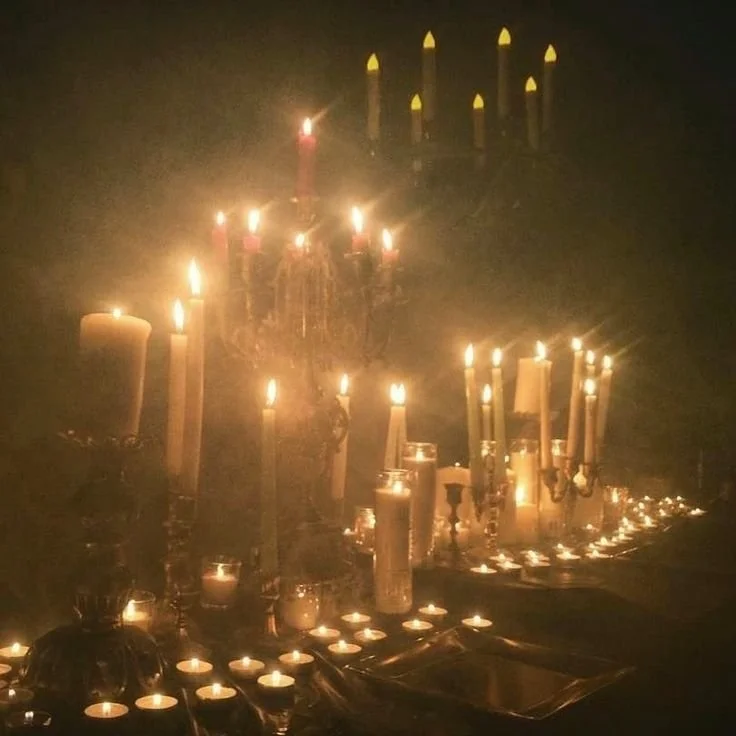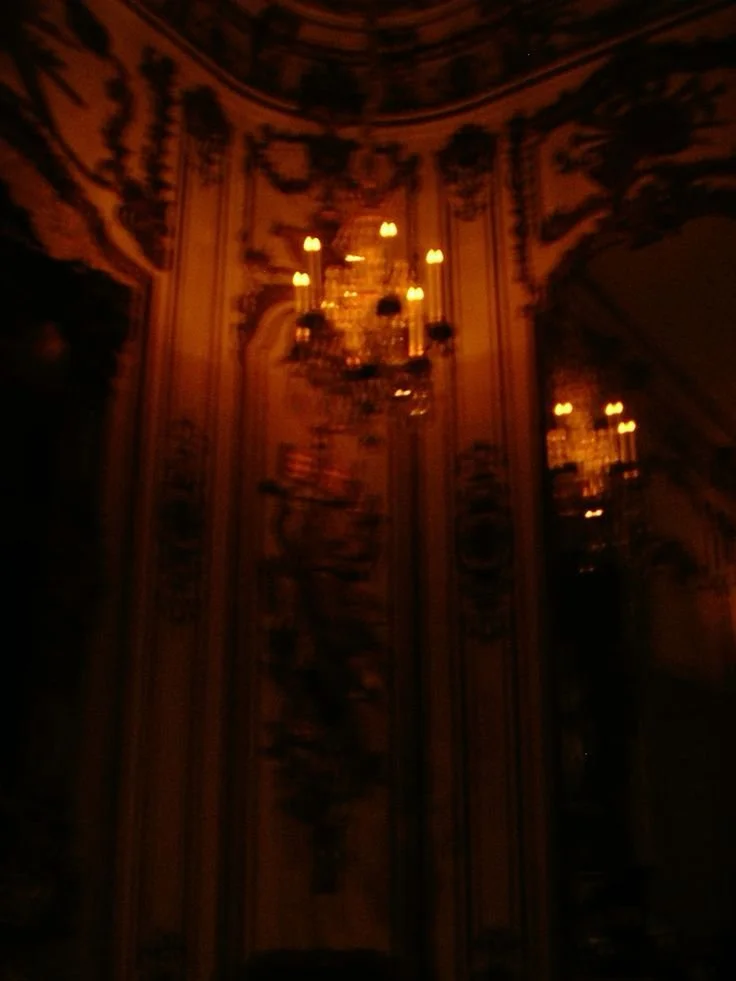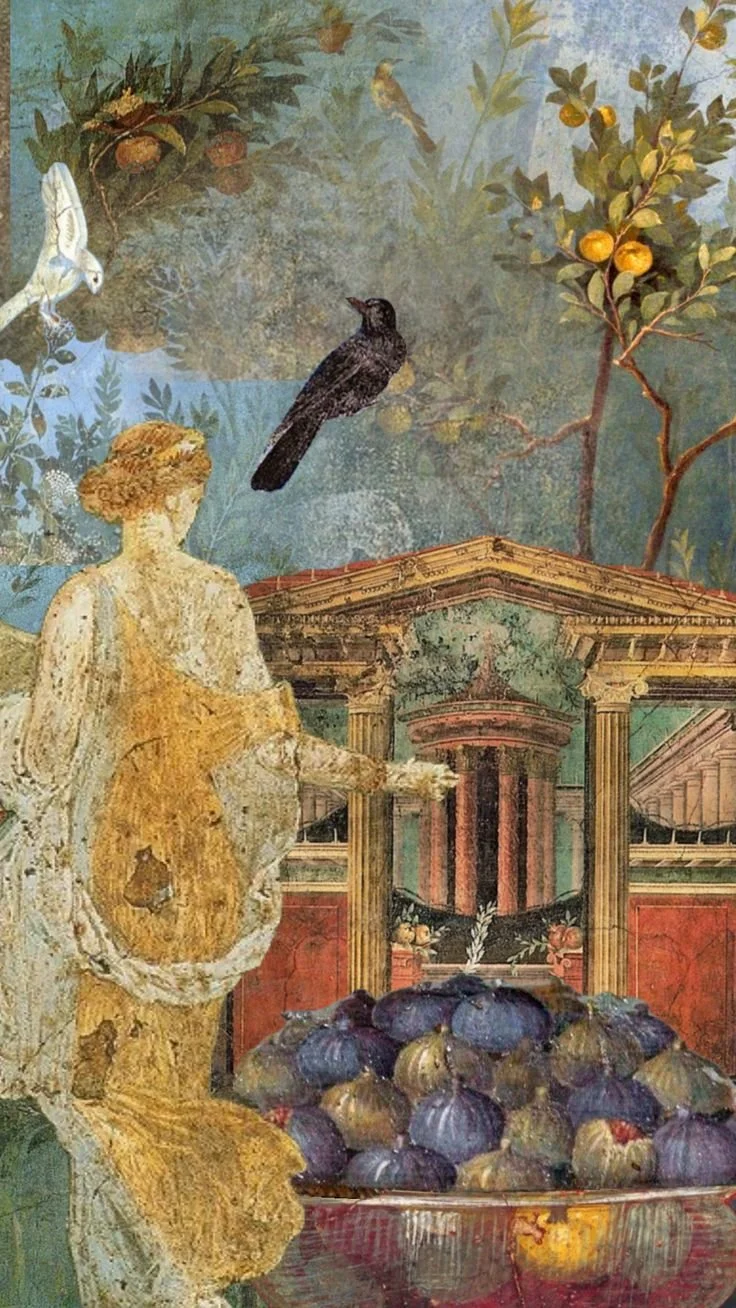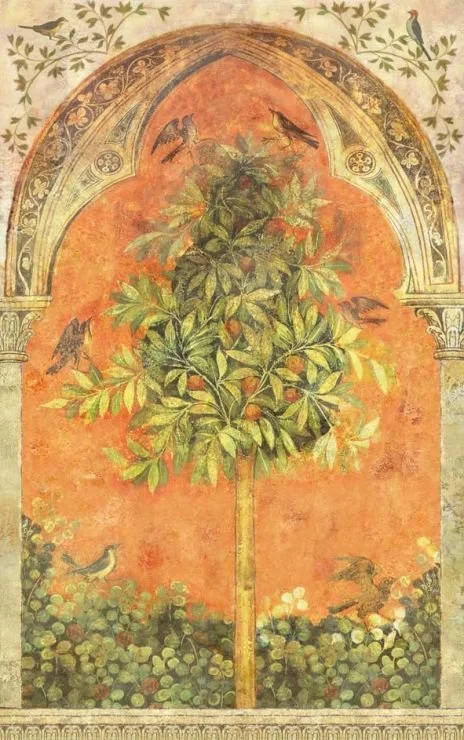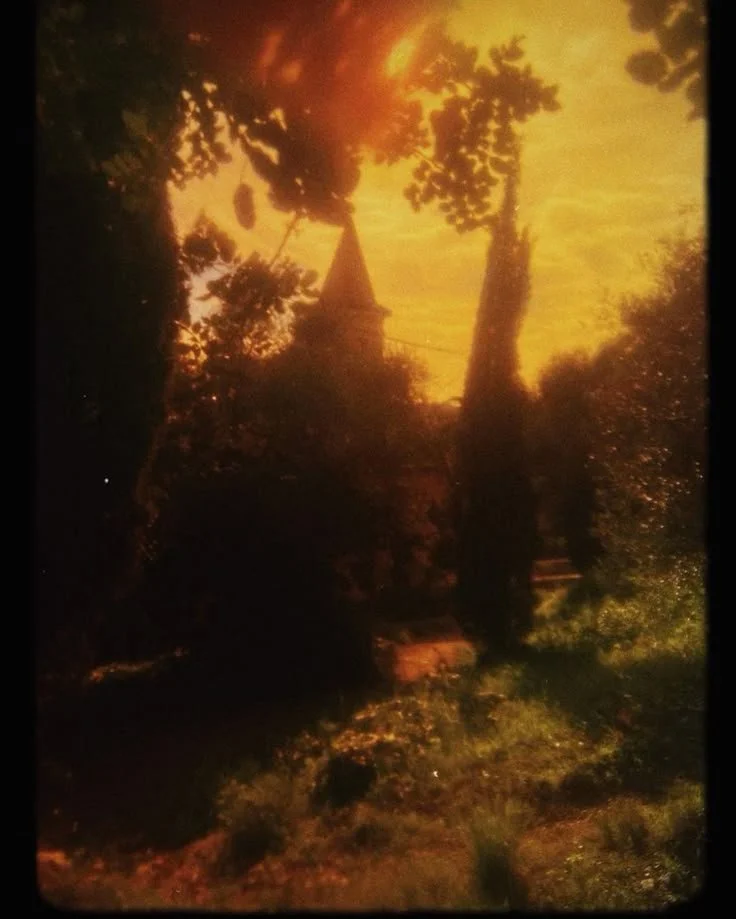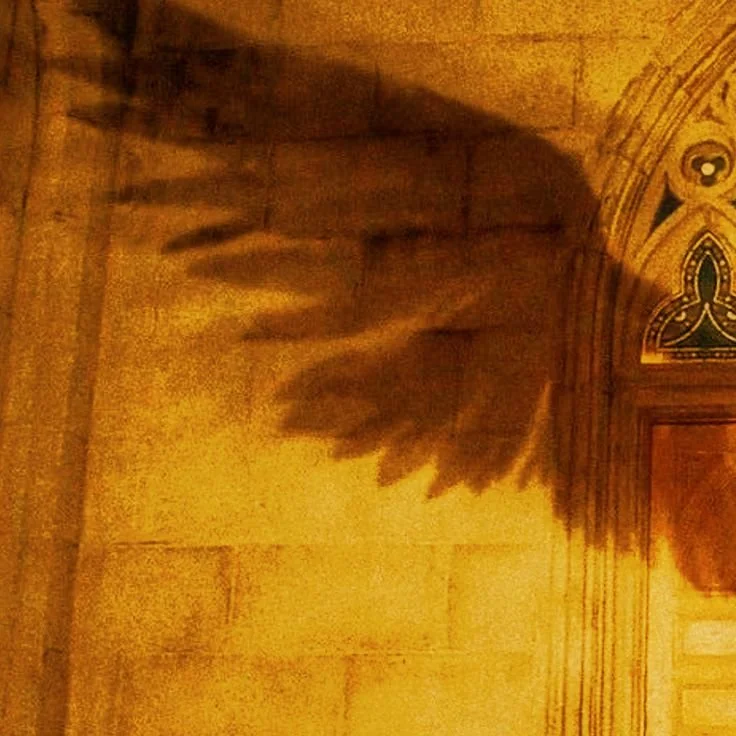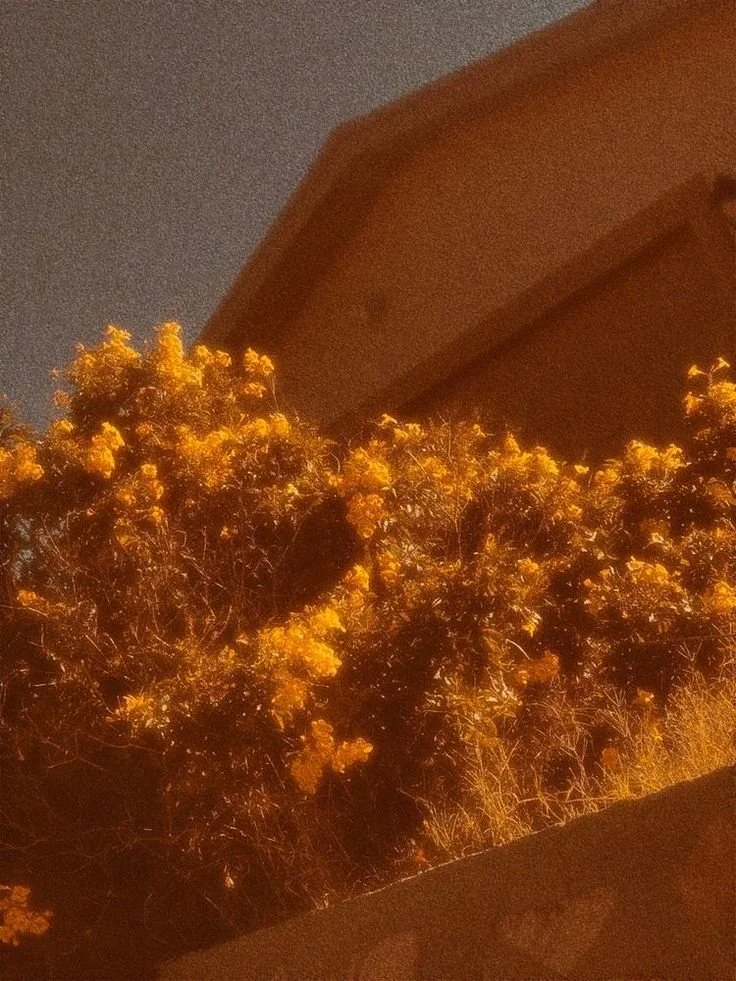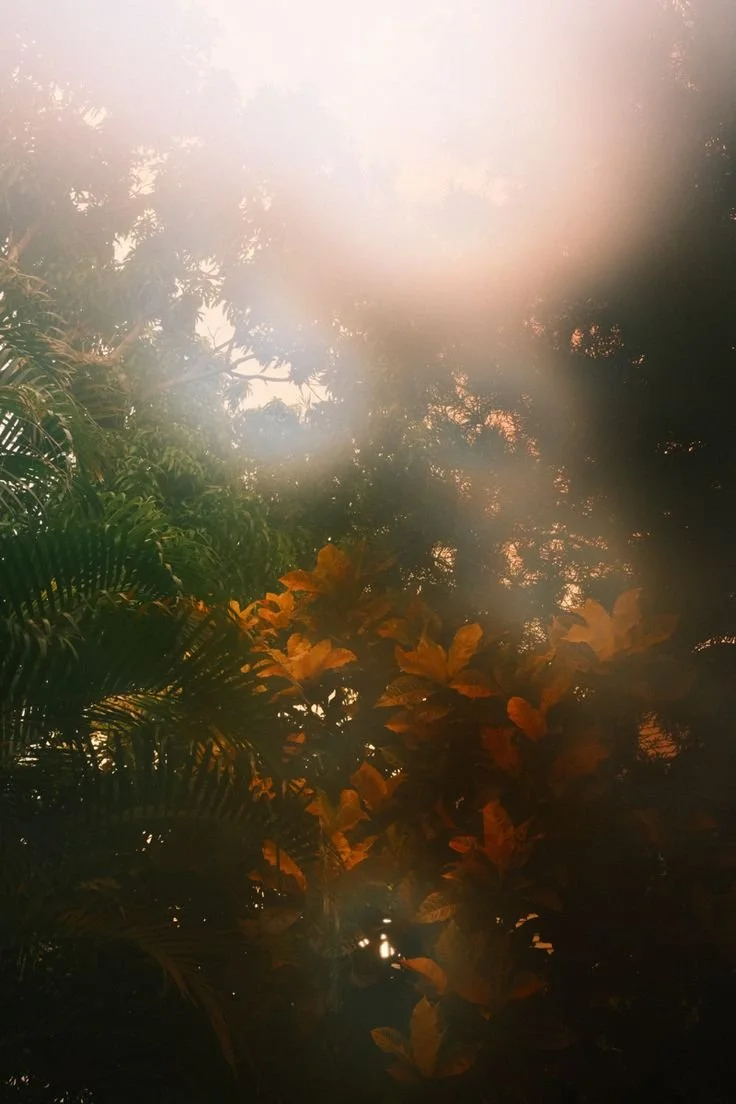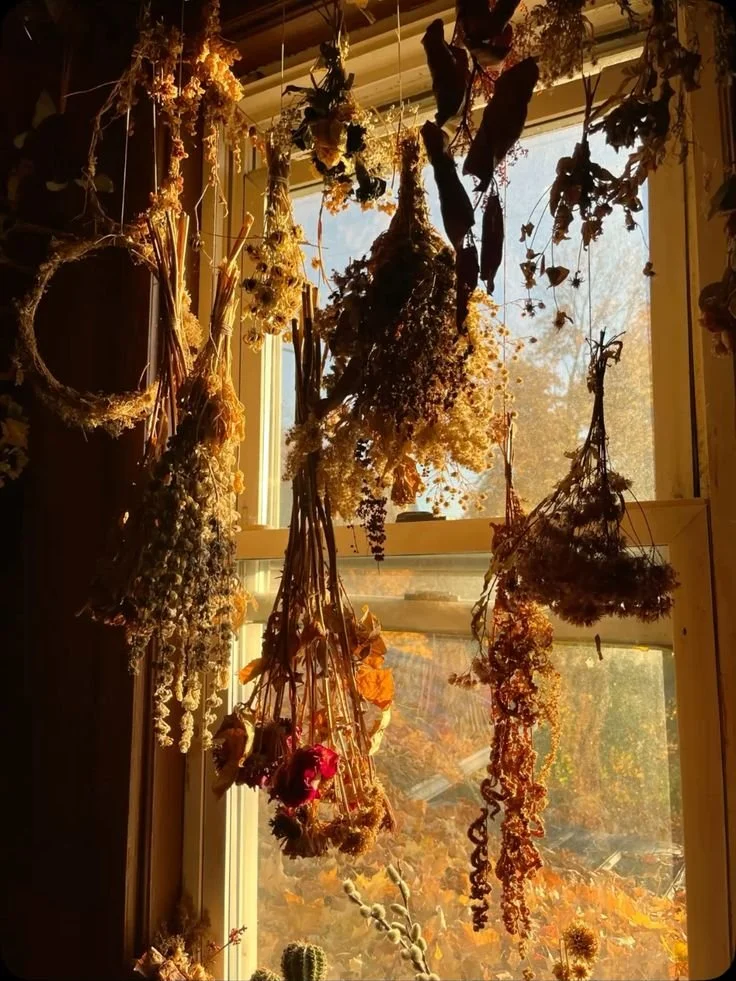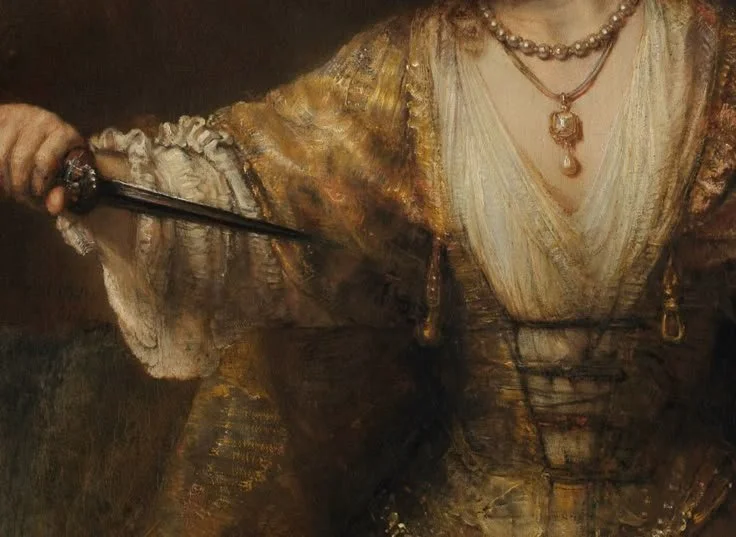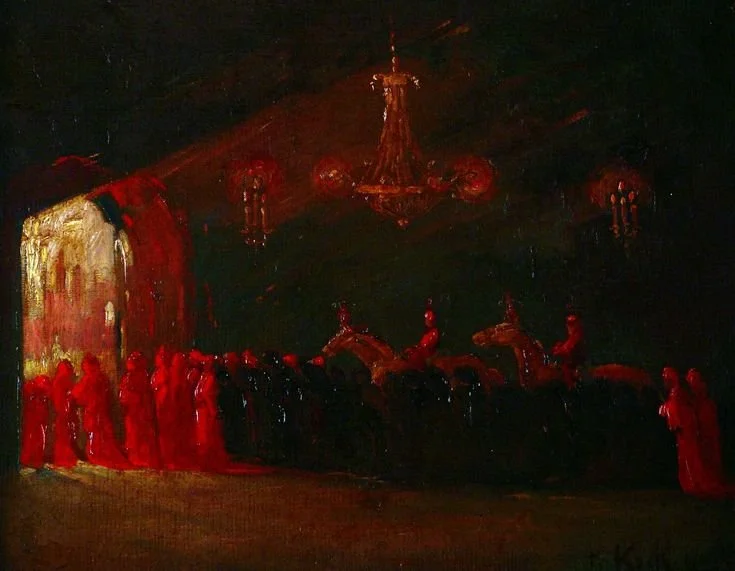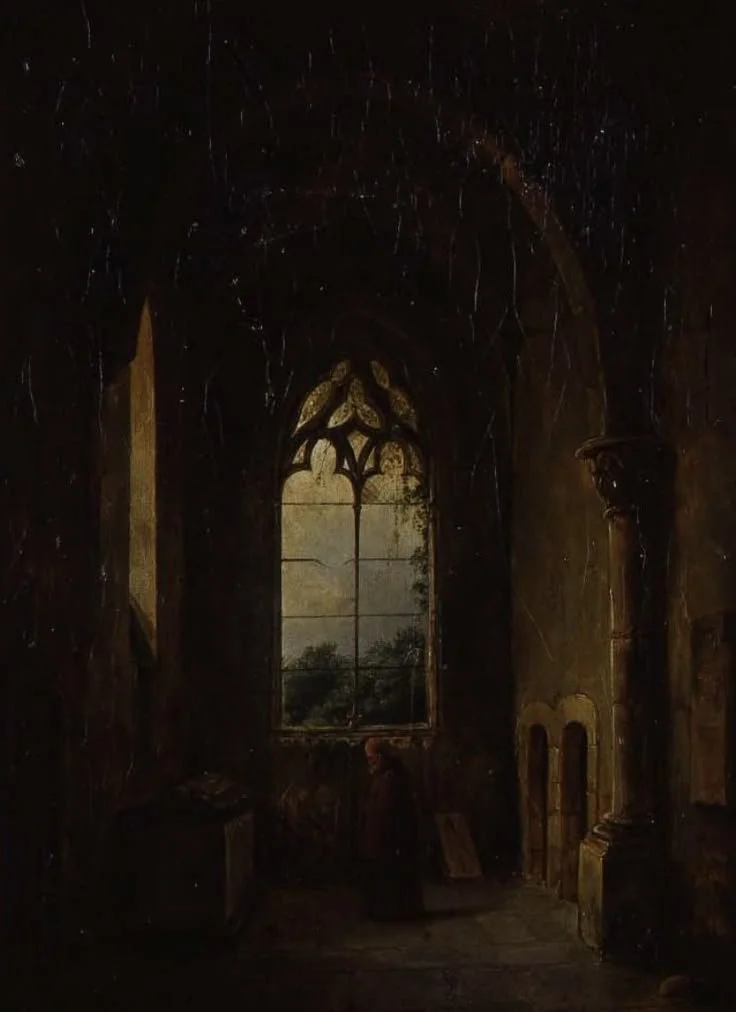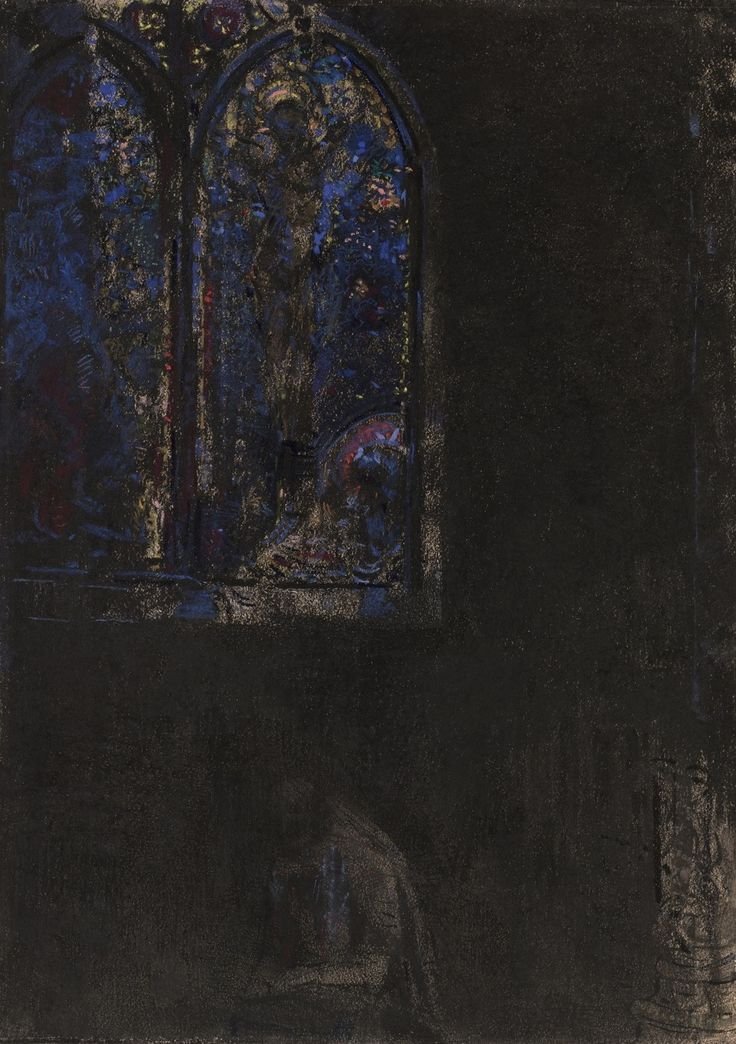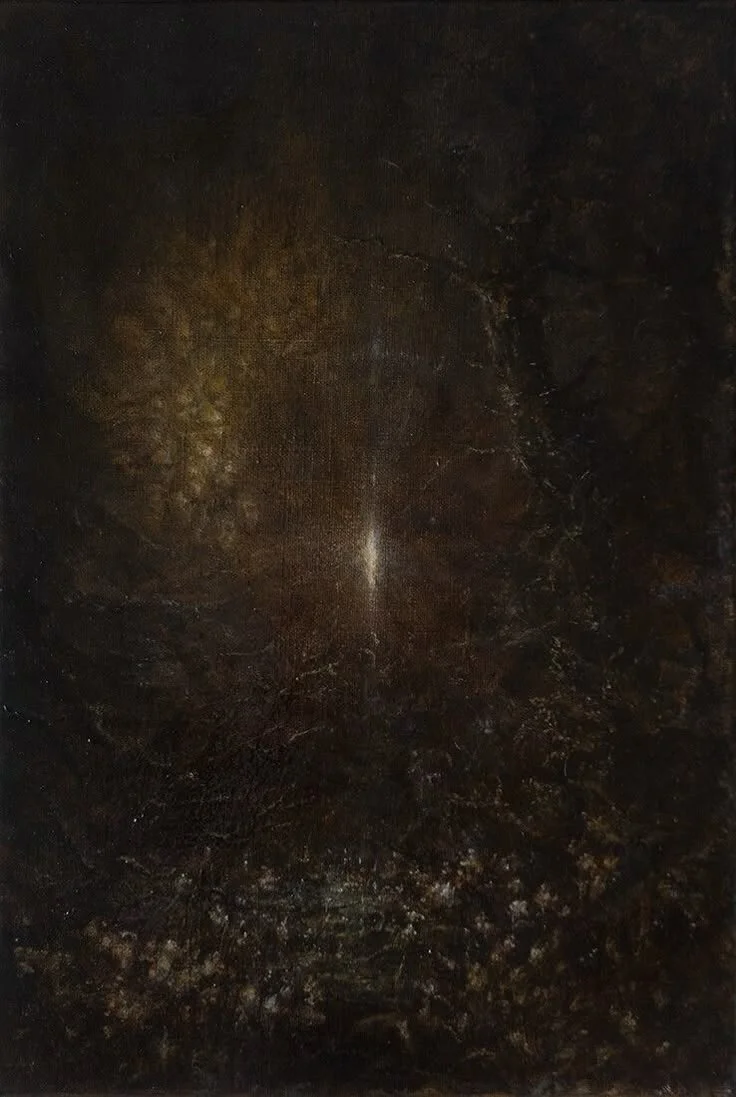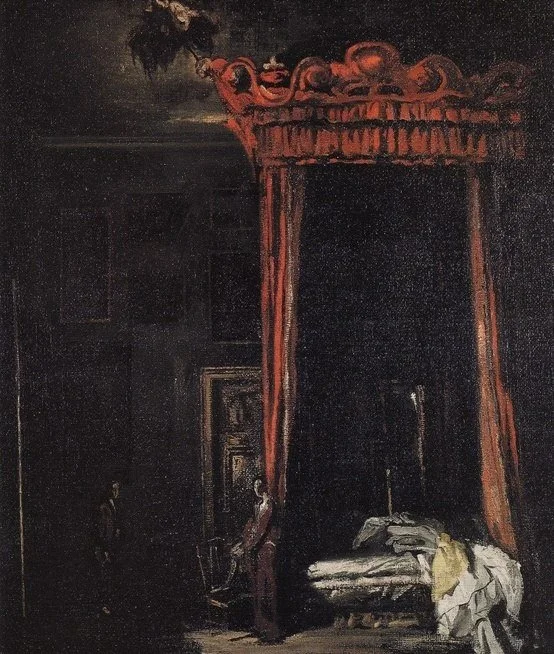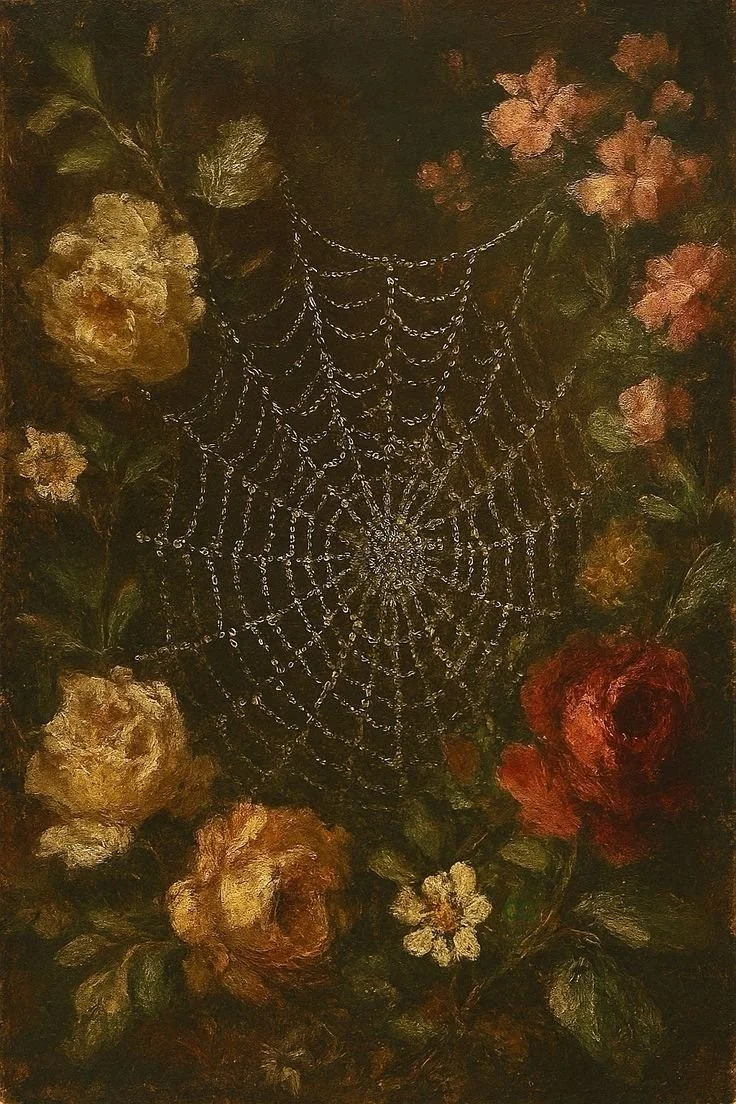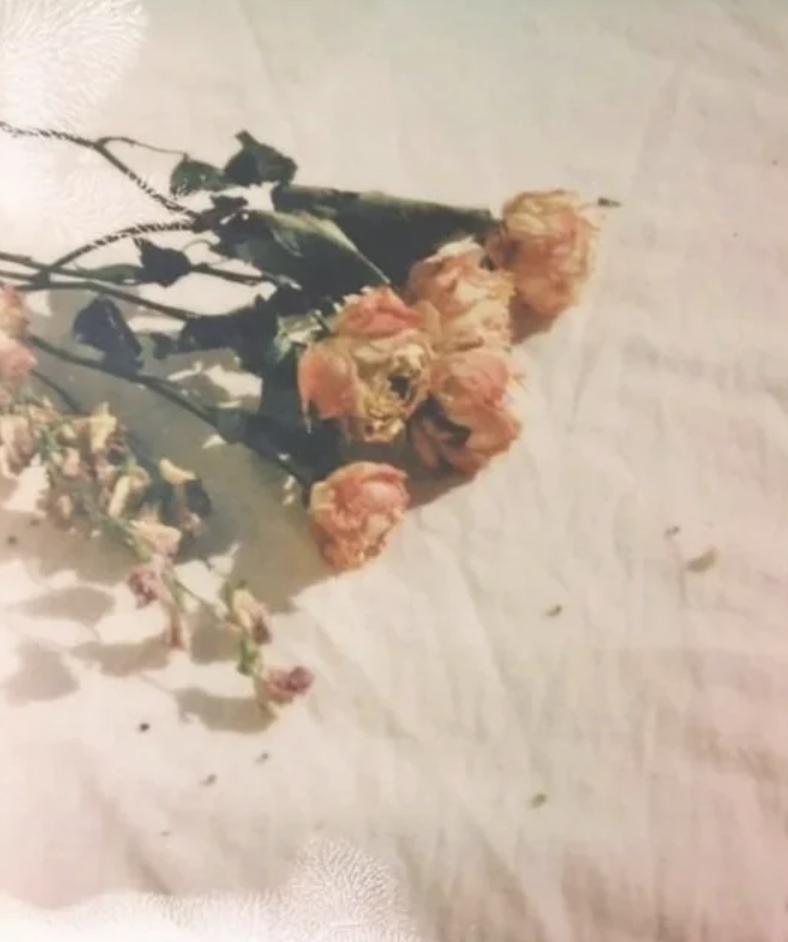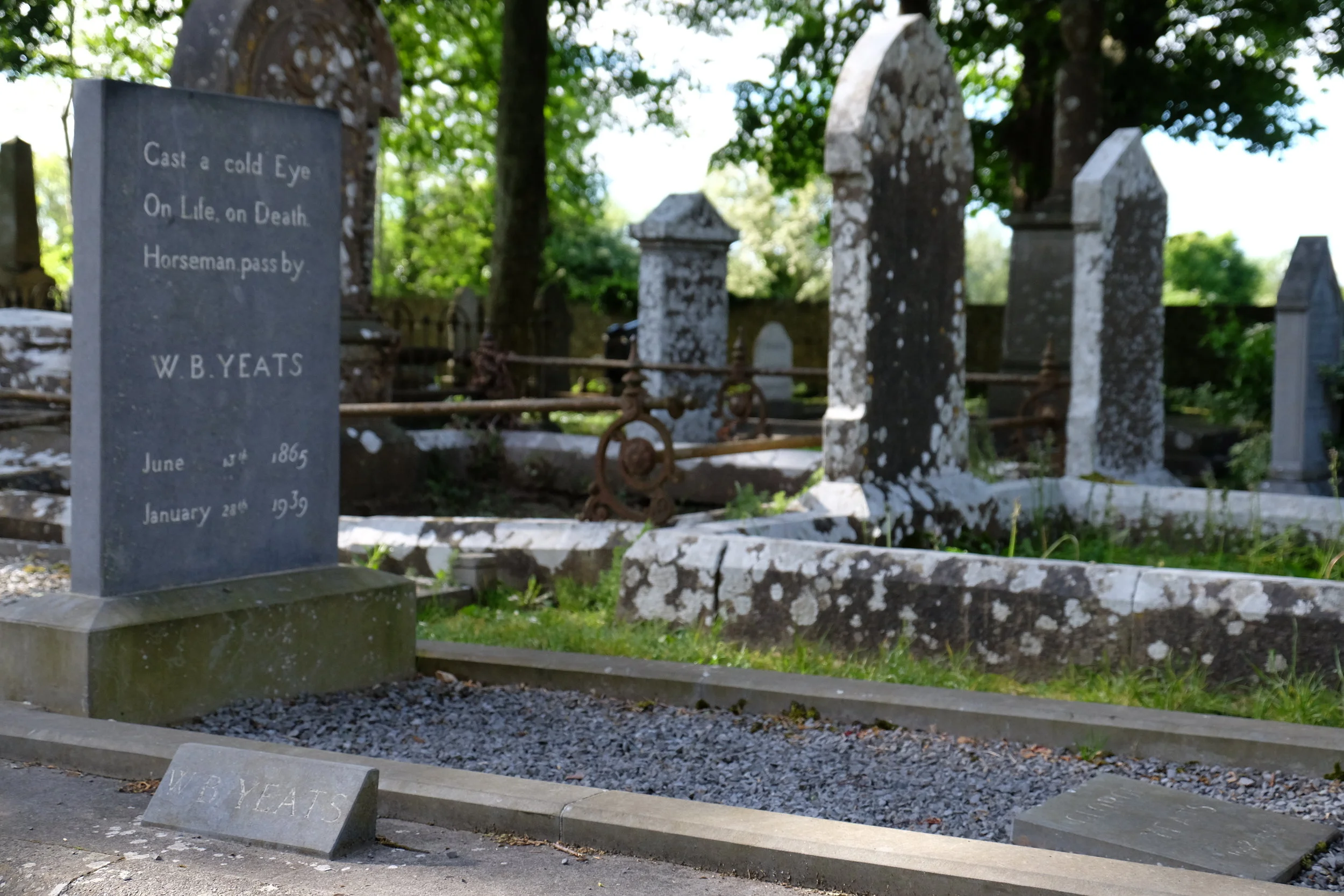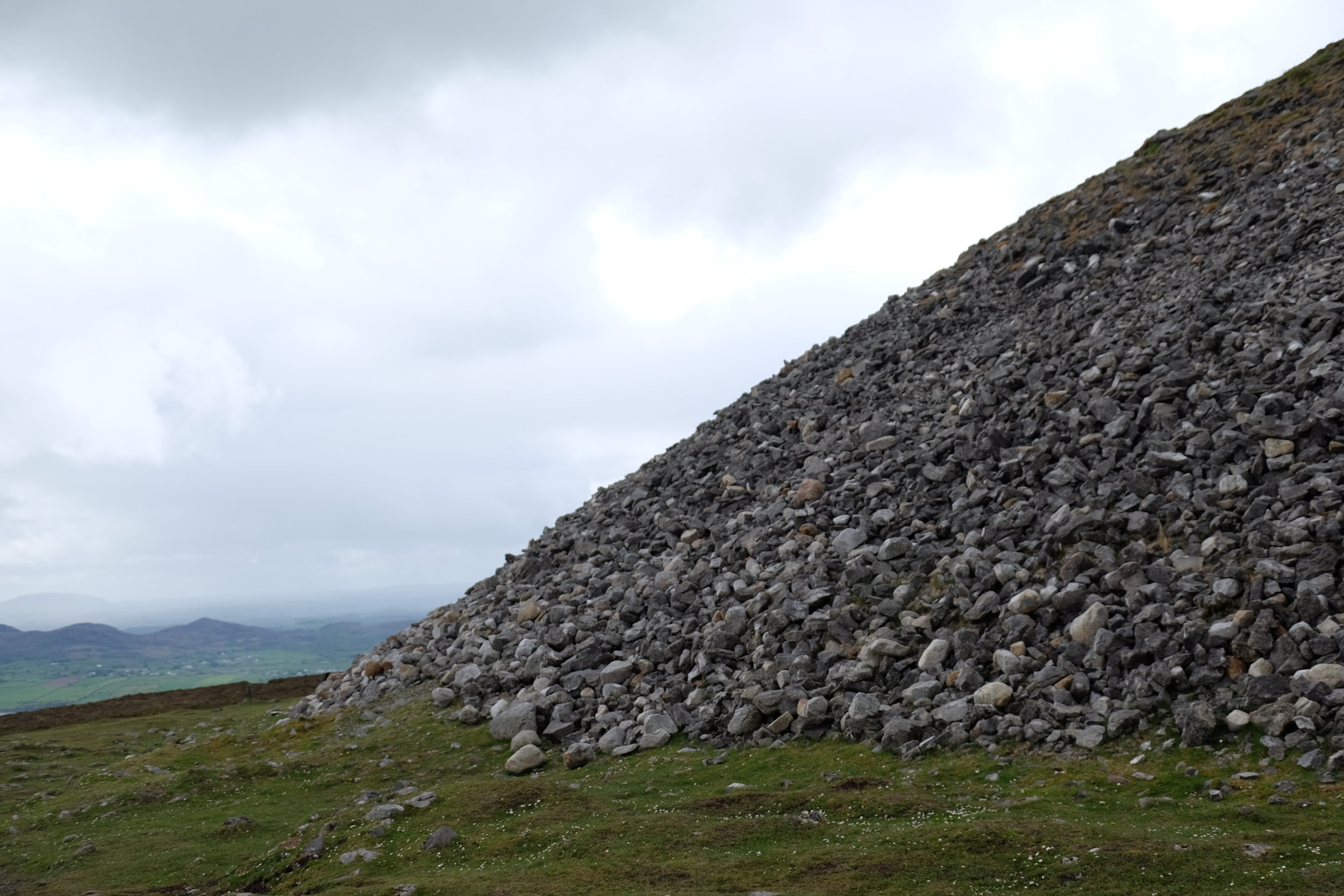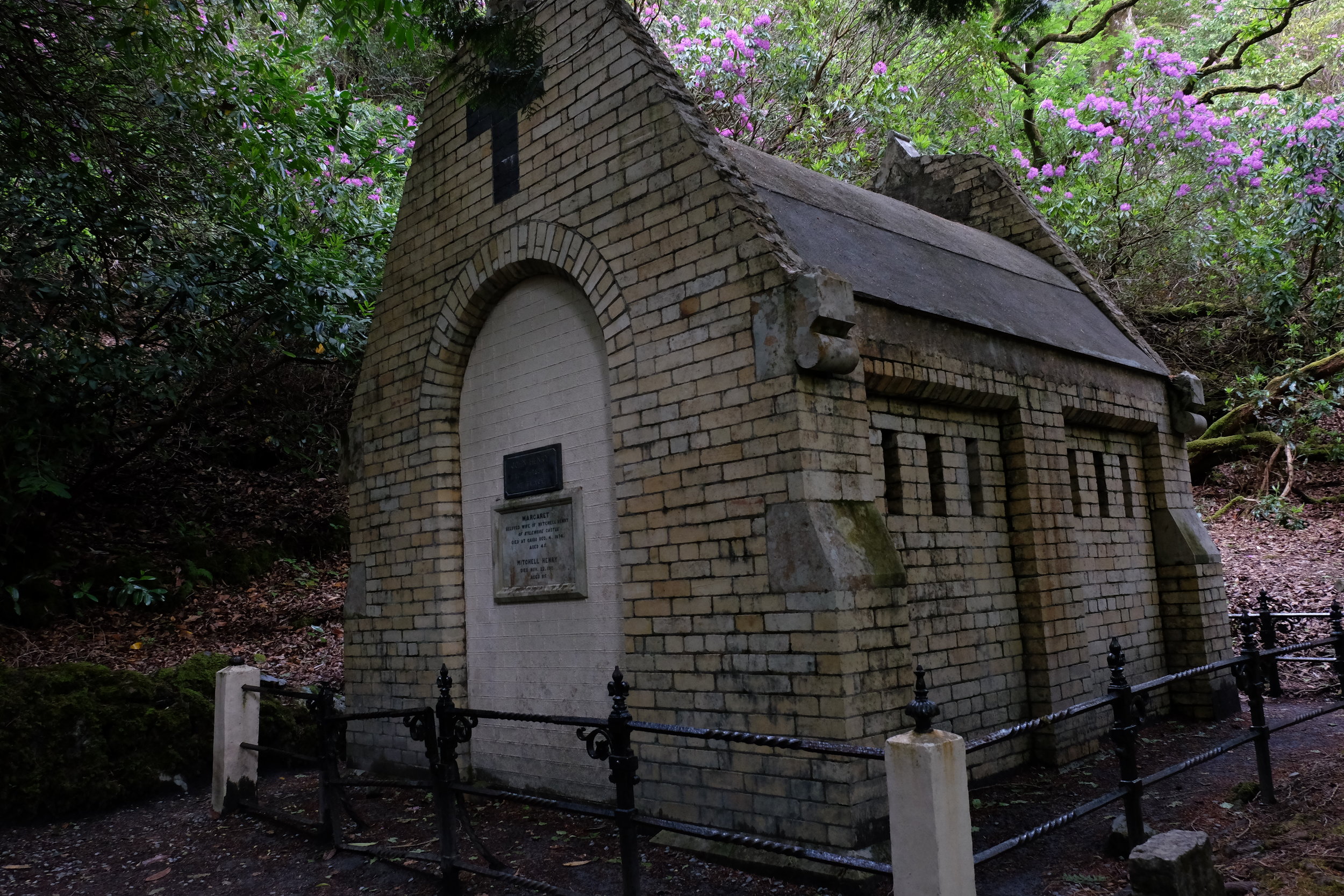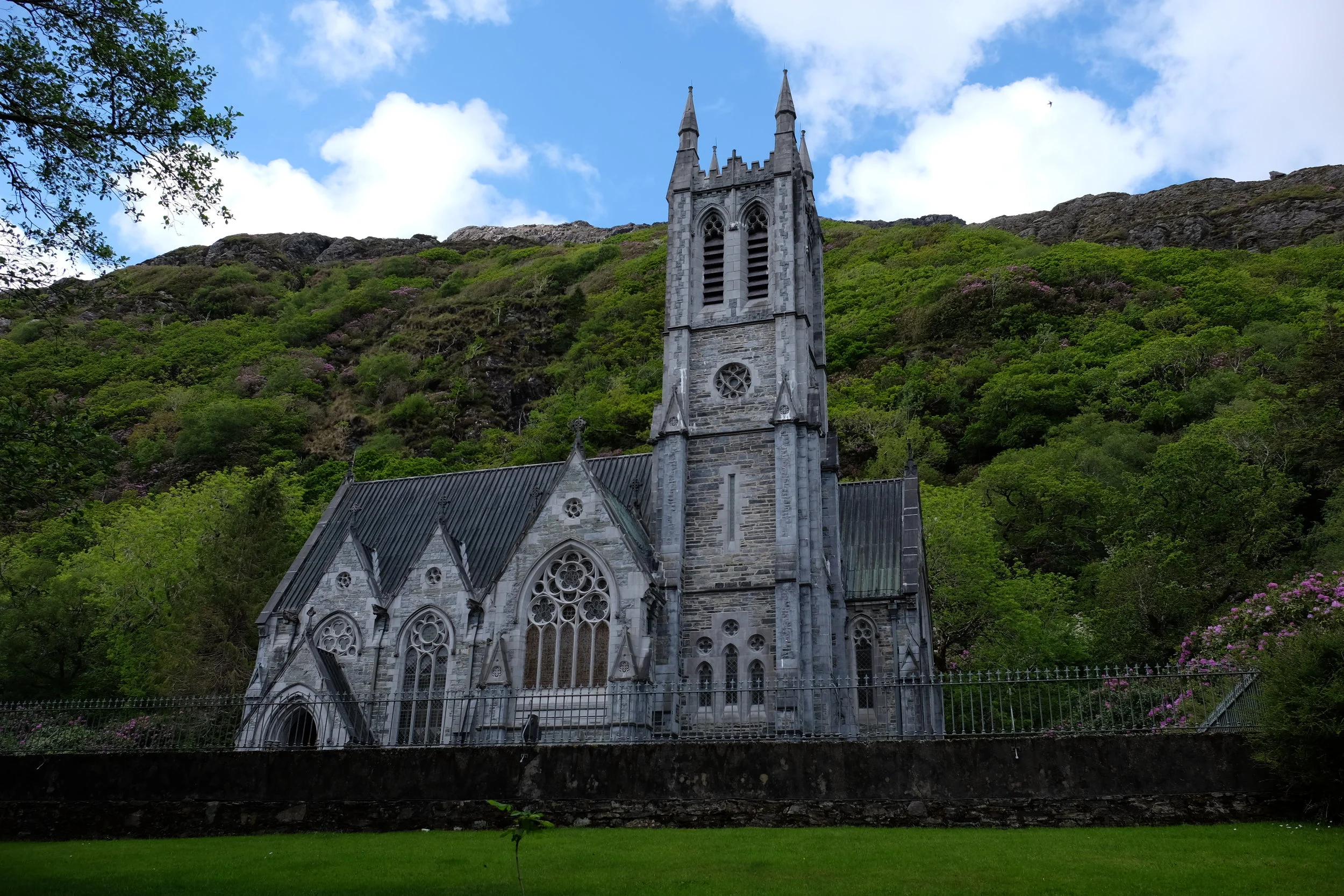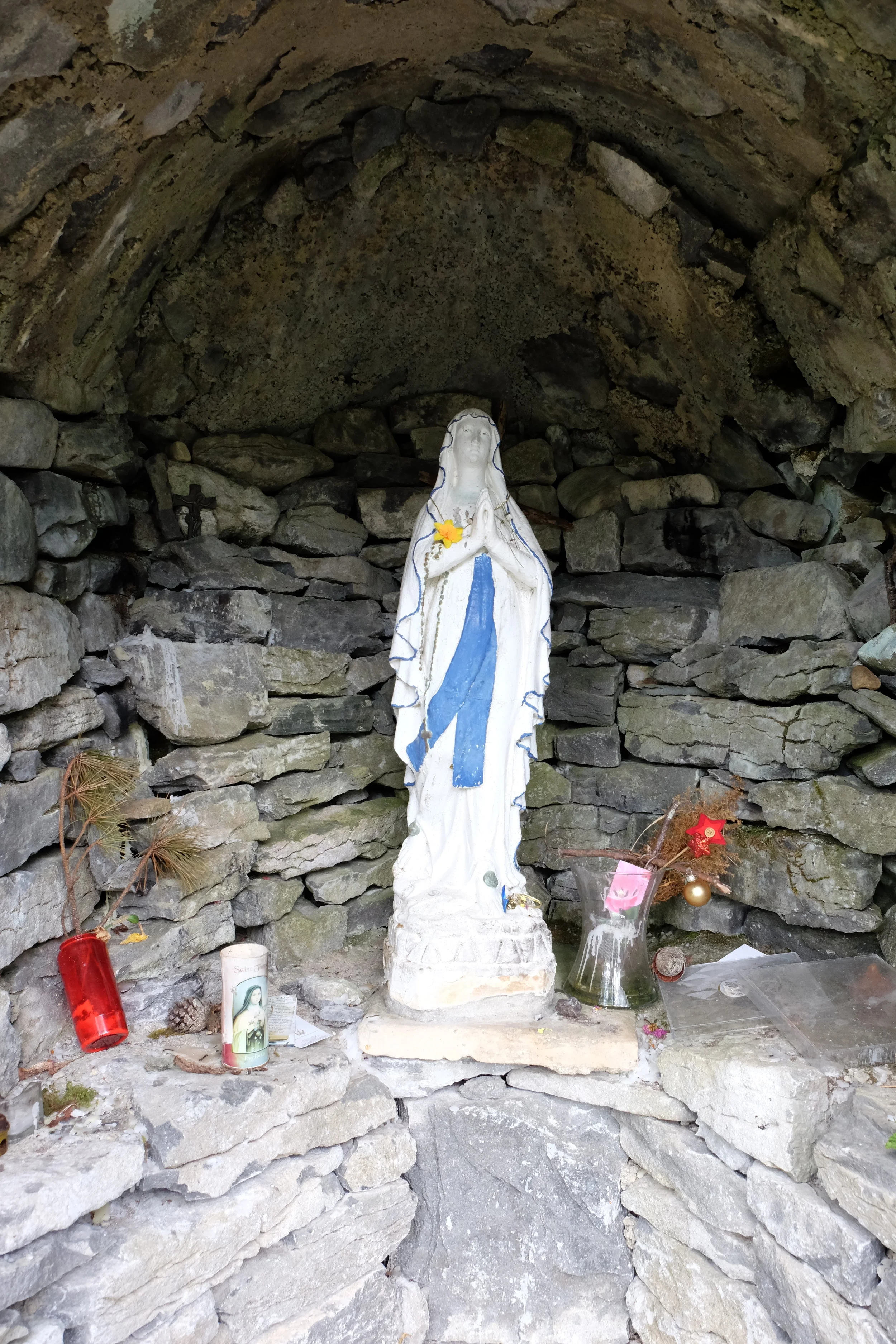BY TRISTA EDWARDS
My favorite W.B. Yeats poem is "The Stolen Child" from The Wanderings of Oisin and Other Poems (1889). The poem is one of Yeats' more famous ones from his earlier writings and is saturated in Irish mythology and lore.
The beguiling Fae, or faery folk, enchant a child away from the mundane, yet corrupting, world into the woods and the realm of magic and innocence. The Fae are protectors but also ominous little pied pipers that bewitch children to cross the veil into a land from which they may never return.
I recently traveled to Ireland and traipsed about the country for a couple of weeks. I felt a lot like a bewitched child following the call of wild mystery from mountain to mountain, down into valleys, along the edge of cliffs, and into the thick and fast descending fog.
Often, Ireland seems like one big tomb—a floating green cathedral of remembrance. Everywhere you turn is a grave, a memorial, a cairn. They are all beautiful reminders of what once was and what has sustained. They are often prehistoric and despite being resting places for the dead they hum with the energy of perpetual story.
RELATED: Don't Call Me Privileged Because I Travel A lot — And Let's Talk About "Mindset"
Natives and foreigners alike have fetishized Ireland in film, literature, and song but the magic of the land is palpable. The cliffs, the mountains, the lush countryside, the sea, the fog all inspire art because they are undeniably majestic and full of poetry.
I fell in love. Fell in love with the sadness and the mystery, the make believe and the darkness, the dead and the living, the monuments, the reverence for the lost, and the eternalness of myth.
Follow me through this photo diary of just a few of my favorite sites from my recent travels—places of heartbreak and glory, mist and fog, warrior queens and poets. In the words of Yeats:
Come away, O human child!
To the waters and the wild
With a faery, hand in hand.
For the world's more full of weeping than you can understand.
Cairn at summit of Knocknarea.
Queen Medb’s cairn (a human-made pile of stones) rests atop Knocknarea in County Silgo. Hers is one of several graves on the mountain including a large passage tomb at the summit. The most enthralling question about Queen Medb is was she real?
Many claim she was one of the Tuatha Dè Danann, a supernatural race of beings that dwelled in the Otherworld and existed as gods. Others claim she was a flesh and blood warrior queen who ruled the land with authority and vengeance. Legend has it that when you visit Queen Medb’s cairn, you should bring an offering or a small stone to leave at her grave for good luck. Those who take a stone from her grave will meet with a series of unfortunate events.
Queen Medb's cairn with offerings.
Queen Medb's cairn.
View atop Knocknarea.
In the late 1800s, Mitchell Henry and his young wife, Margret, honeymooned at a small hunting lodge in the remote wilds of Connemara, a coastal region in County Galway. Margret fell in love with the valley and as a wedding gift Mitchell bought the land and erected a castle and a stunning Victorian walled garden for his bride.
A few years after the completion of the castle, known as Kylemore, the Henrys and their children went on holiday to Egypt. While there Margret contracted dysentery and tragically died. A heartbroken Mitchell had his wife’s body embalmed in Cairo so she could make the journey back to Ireland and be put to rest in the valley she loved.
RELATED: Dearly Departed: Our Writer's Diary of a Hollywood Death Tour
Mitchell built Margret a mausoleum and erected a neo-gothic church on the grounds of the castle in her honor. Described as a "Cathedral-in-Miniature," the structure was built in the style of the 14th century and stands as one of the many lasting movements to Margret Henry. Today, the church holds services, musical performances, and poetry readings and continues to be a place of inspiration, beauty, and devotion.
Kylemore Castle.
Portrait Margret Henry hanging in Kylemore Castle.
Mausoleum of Margret and Mitchell Henry.
Cathedral-in-Minature.
Thoor Ballylee, otherwise known as Yeats Tower.
Thoor Ballylee is a 15th century Norman tower most famously known for being the residence of W.B. Yeats and his family from 1921 to 1929. The tower rests in a secluded wood surrounded by lush vegetation and a small pond. You feel as if you could look out in any direction and spot a mischievous faery that Yeats was so fond of in his poetry lurking in the thicket.
The tower houses an impressive, winding, gyring staircase that became a prominent symbol in the poet’s work. A plaque near the tower’s entrance reads:
I, the poet William Yeats,
With old mill boards and sea-green slates,
And smithy work from the Gort forge,
Restored this tower for my wife George.
And may these characters remain
When all is ruin once again.
Hidden saint.
Prayer tree.
Many faces of Yeats.
Connemara countryside.
Connemara countryside.
The Long Room at Trinity College.
Cliffs of Moher.
Cliffs of Moher.
Trista Edwards is a poet, land mermaid, light witch, horror enthusiast, creatrix, traveler, and dog lover. She is also the curator and editor of the anthology, Till The Tide: An Anthology of Mermaid Poetry (Sundress Publications, 2015). She is currently working on her first full-length poetry collection but until then you can read her poems at The Journal, Quail Bell Magazine, 32 Poems, The Adroit Journal, Sou’wester, Queen Mob's Tea House, and more. She writes about travel, ghosts, and poetry on her blog, Marvel + Moon. Trista is a contributing editor at Luna Luna Magazine.

